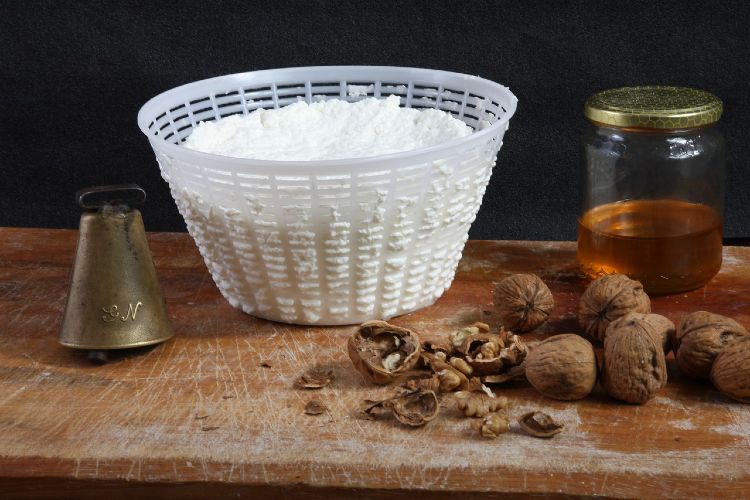Creating Your Own Seasonal Wreaths
Wreaths are ancient symbolic, religious symbols of Advent and the birth of Christ, their ceremony of their preparation in early winter stretching back to Lutheran communities in the 16th Century. The perfect circle represents the eternity of God, the immortality of the soul and everlasting life. Usually evergreens are used, such as holly, yew, ivy and pine, to symbolise perpetuity, and sometimes thorns were used to refer back to Christ’s suffering on the cross.
Wreaths have also been used as far back as ancient Roman times to symbolise victory (laurel wreaths), marriage (flower wreaths), fecundity (herb wreaths) and death (white lily wreaths).
Making your own wreath is both simple and enjoyable, enabling you to create a bespoke, seasonal decoration that fits in with your own Christmas table, mantelpiece or front door.
During the courses at Common Farm Flowers I make a willow wreath dressed from the hedgerows around my garden and fields. I only half garland my wreath because I love the bare colours of the willow so much: bronze, emerald, sepia and tan, to name a few.
To make the willow circle itself you need about 10 whips of withy or dogwood – freshly cut but not frozen to make them easier to handle.
Twist one length into a circle, tucking the ends in at the end.
Then one by one twist the other lengths of withy round until you have a good solid shape that you like.
Bind the withy with the thin ends tightly pulled around, tucking the ends through and pulling hard until the binding sets strong. Cut off unsightly ends with secateurs.
Wander round the garden picking greenery you like for your garland: mistletoe, box, ivy or euonymus. Use herbs such as rosemary for remembrance, if there’s somebody you’ll be missing from your house this Christmas, or bay to keep the witches out. Of course holly, mistletoe or even dried lavender could be used as well. Don’t forget to check the hedge for rose hips or sloe berries, which are particularly attractive at this time of year.
Using a reel of thin wire slowly wire your garland from one end to the other using short offcuts of your greenery and berries picked from your garden, piercing them as you go along.
When you’ve made a long enough garland hook it onto your willow wreath using the bound parts of the wreath to tuck the wire through. It’s good to wire it in three places so that the garland sits nicely on the round shape of the wreath.
After Christmas remove the garland and keep the wreath hanging somewhere – wreaths look lovely drying slowly, and will remind you of happy days passed and parties and family reunions to come.
There are lots of different courses, held throughout the year at Common Farm: from garden and flower photography with Heather Edwards, garden design with Emma Bond, planting and managing orchards with Sarah Venn, using social media with Sparky Bakewell, preparing raw food with Colette Woods and creating beautiful bouquets and posies with me and my husband, the artist Fabrizio Boccha.
I hope you enjoy making your wreaths as much as I enjoy making mine. They make wonderful, unique gifts and are far more attractive, and cheaper, than anything you could ever buy elsewhere. In this era of “make-your-own” I can think of few things that are more rewarding.
Contact Details
Georgie Newbury: www.commonfarmflowers.com
Follow Georgie on Twitter: @TheFlowerFarmer
Photography by Heather Edwards: www.htedwards.co.uk
Follow Heather on Twitter: @Upwiththelark

